Ezidi Artist Uses Art to Raise Awareness of the 2014 Ezidi Genocide
The life of an Artist and his First Disappointments
Hisham Haji Badal, born in 1996 in Khansour/Shingal, is a Ezidi artist who is known for his expressive artwork which depicts the Ezidi genocide from 2014. Hisham has studied at the Faculty of Administration and Economics in the Department of Economics.

When IS attacked Sinjar in 2014, Hisham and his family were forced to flee to the mountains. Hisham recalls that they didn’t expect that they would not be able to return home and that Shingal would be so severally attacked. Having to protect themselves, the Ezidis were forced to seek refugee in the Sinjar mountains, a path which was both difficult and harsh as they were left without access to food and water. Despite seeking refugee in the mountains, Hisham was injured by a mortar rocket which fell near him and caused him to lose his hearing.
When asked about how he first started to paint and his path to discovering his artistic talent, Hisham explains that he has always been into art. Surprisingly, Hisham recalls how someone else took credit for his artwork which made him stop to draw for a while. The incident happened at the Talent Center in Khansour Complex at which Hisham had completed a course and was asked to draw paintings for the closing ceremony. However, on the day of the ceremony, Hisham’s name had been removed from his artwork and instead been replaced by the name of a girl. This incident made the artist disappointed and caused him to stop drawing for a while.
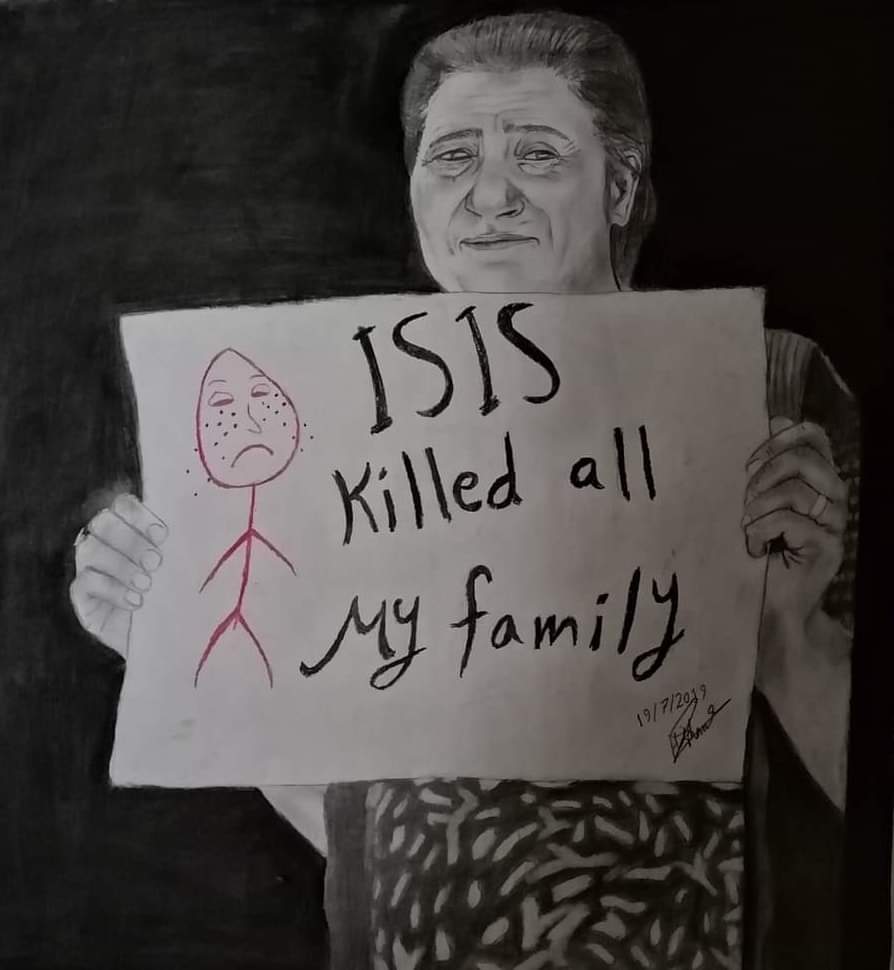
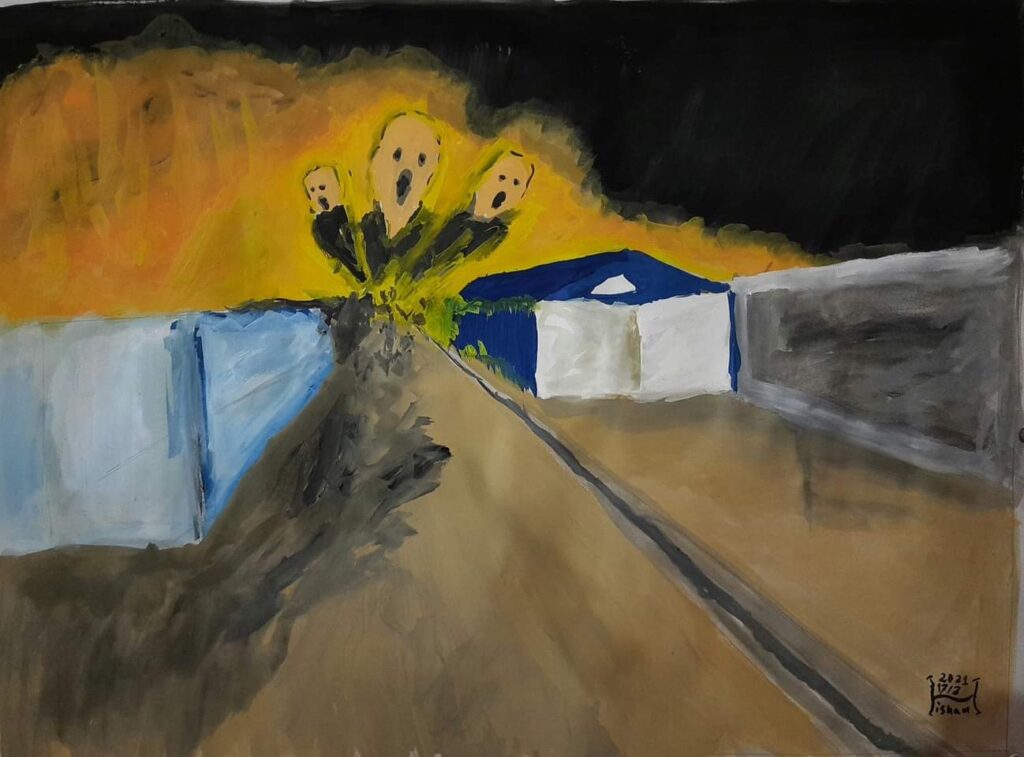
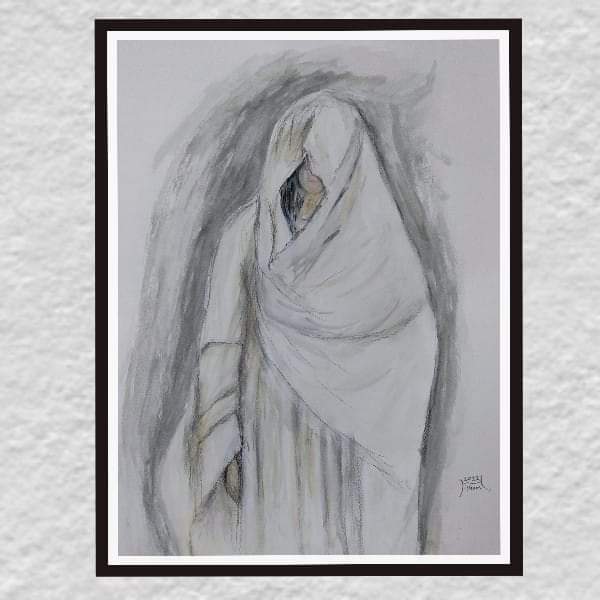
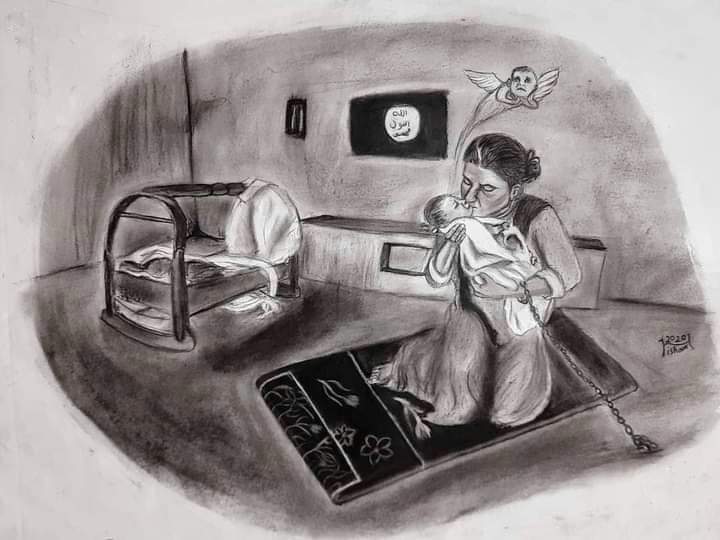
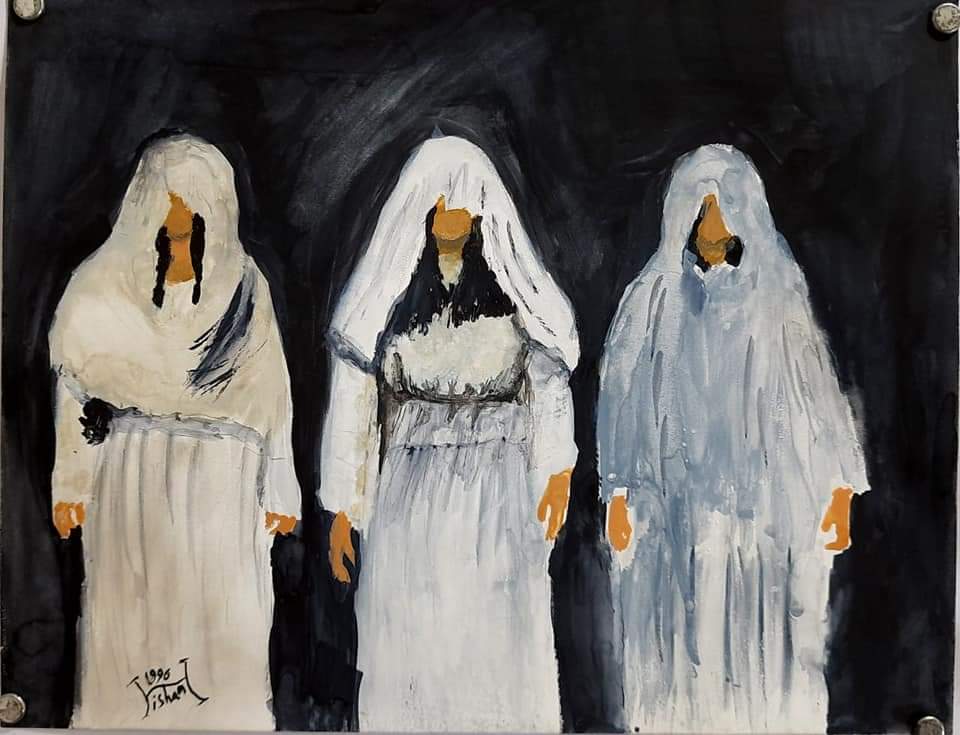

The Aftermath of the Genocide
Looking back at the horrors of 2014 and how the Ezidis from Sinjar have been affected, Hisham points out that the lives of the people are equally as bad today as they were directly after the attacks of 2014. In his opinion, no real efforts are made to ensure the safety and future of the victims of the Ezidi genocide. Instead, the people and the projects that are aimed at helping the Ezidis are made for personal interests and not for the public interest of the Ezidis.
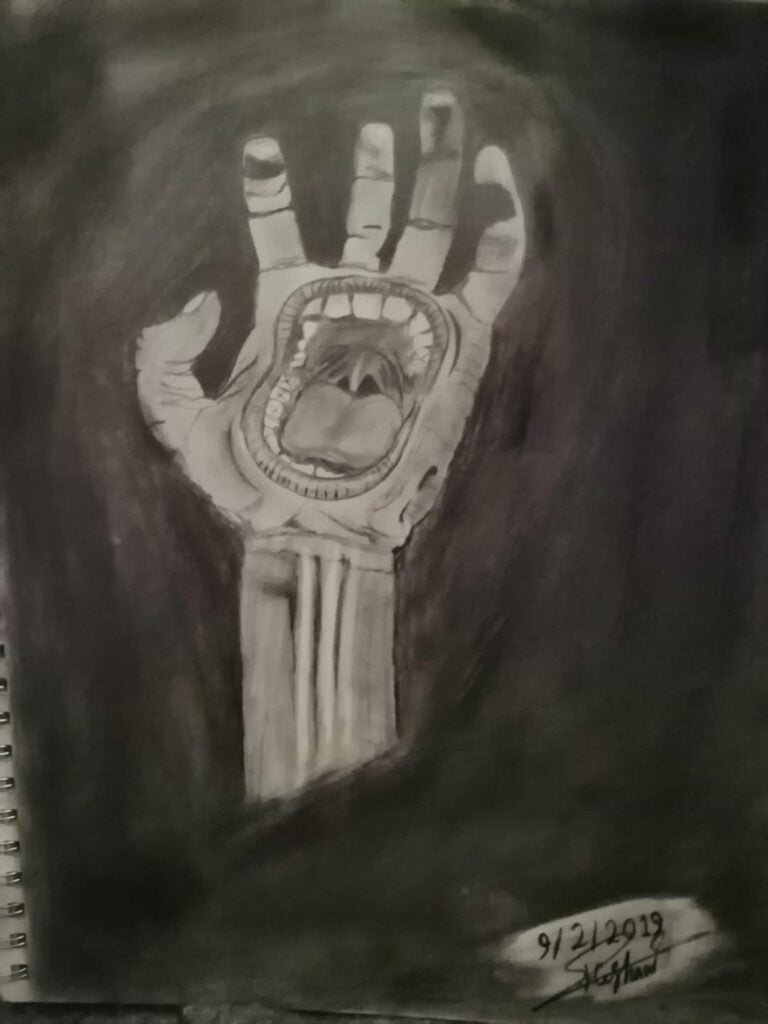



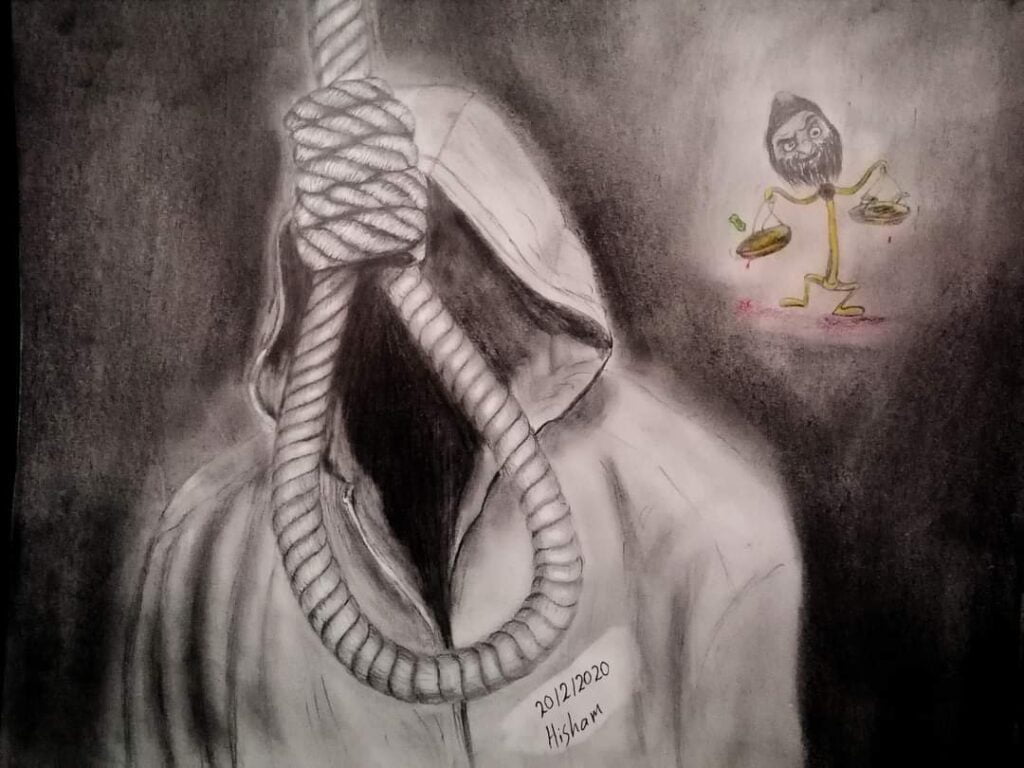

Hisham underscores that the Ezidis must stand up tighter and defend their rights and interests. 10 years have passed since the genocide, yet the situation of the affected people is still the same. In order to protect themselves, the Ezidis need to gain influential friends internationally in order to limit the risk and recurrence of being targeted for another genocide. Hisham also pints to the fact that the Ezidis, due to the extreme ideological extremist that is indoctrinated in the official institutions in the region, are being targeted by decrees due to their religion (sharfadin).
When asked about the recent attempts in Iraq which aimed to recognise the Ezidis as a separate ethnic group in Iraq, Hishams finds that:
“Everyone has the right to make their own decisions about their race and religion, especially in light of the personal freedom available in various developed countries. The Ezidis have a long and ancient history, both as a nation and a religion.”
The Ezidis have never been part of another ethnic group or religion, consequently there is no reason to separate them from any other group. The issue is rather that states have to recognise them as they already are (an ethnic group).




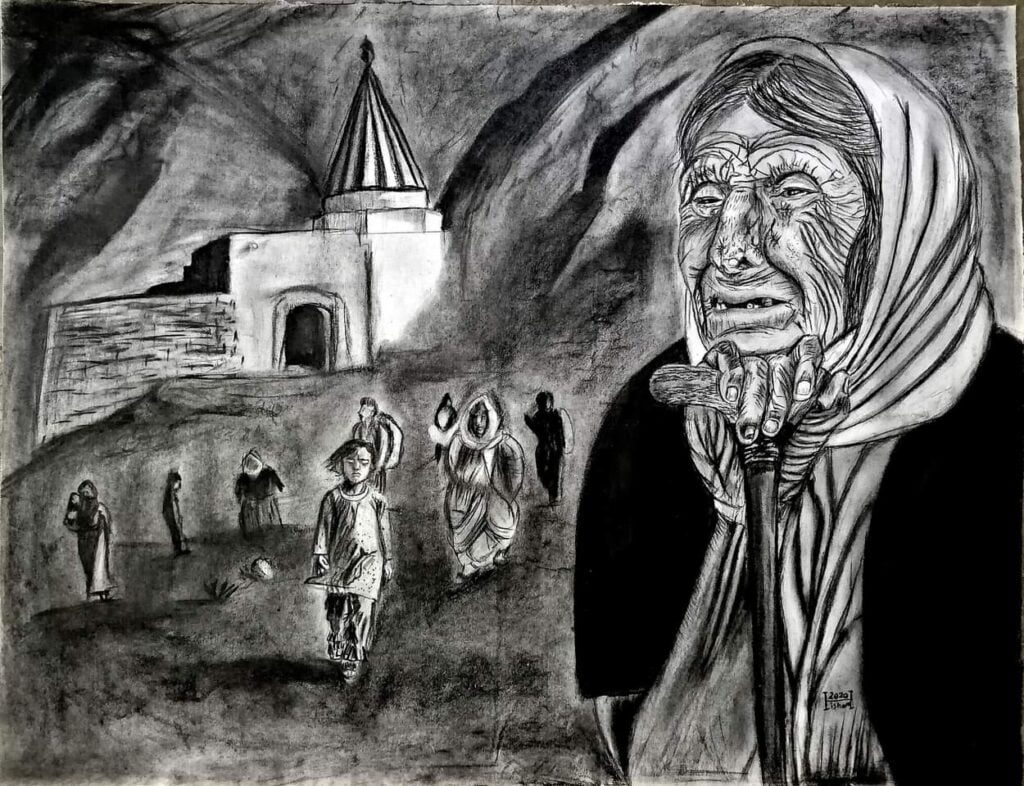



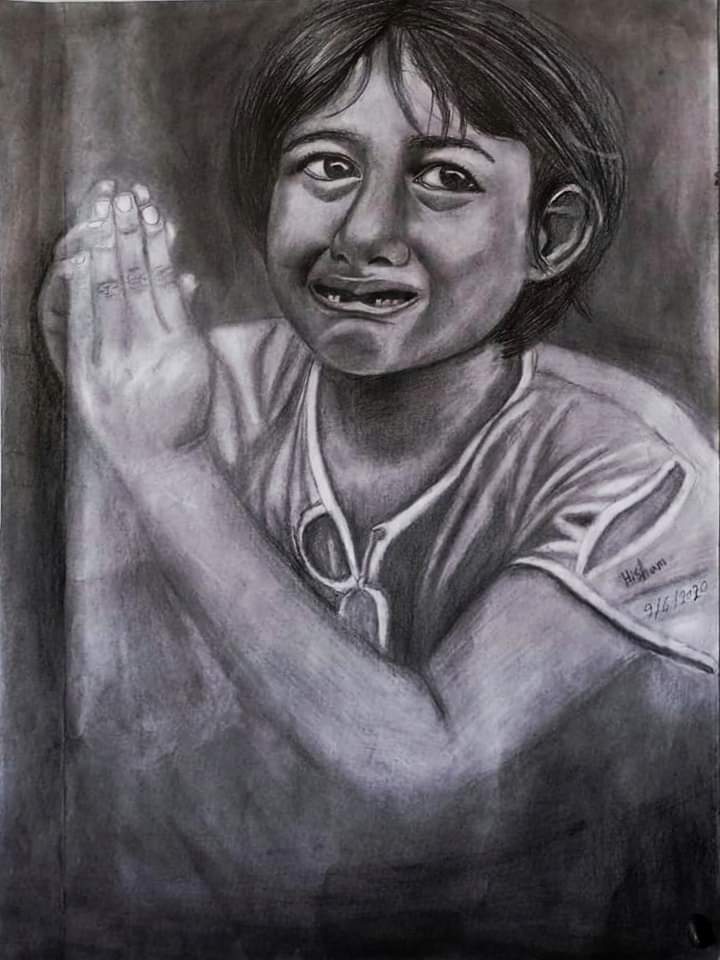

Hate Speech Targeting the Ezidis
Despite the genocide and the vulnerable situation of the Ezidis, other groups in the region continue to shamelessly showcase their hatred and anti-Ezidi sentiments. According to Hisham, the Ezidis are constantly under threat.
“Especially after the hate speech campaign we were subjected to by the Kurdish clerics. Since all our families live in the Kurdish controlled camps and we fear their safety, the Ezidis are not able to reveal the truth of what is really happening.”

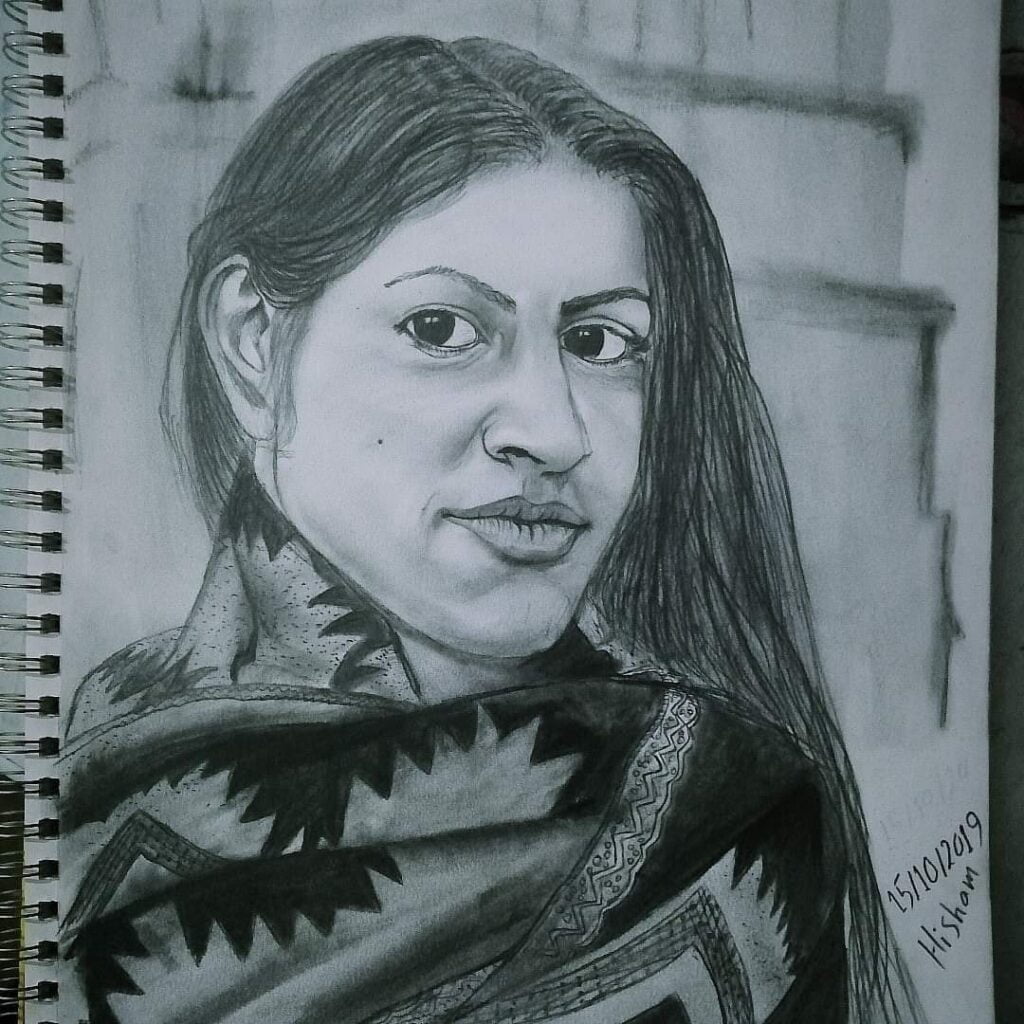
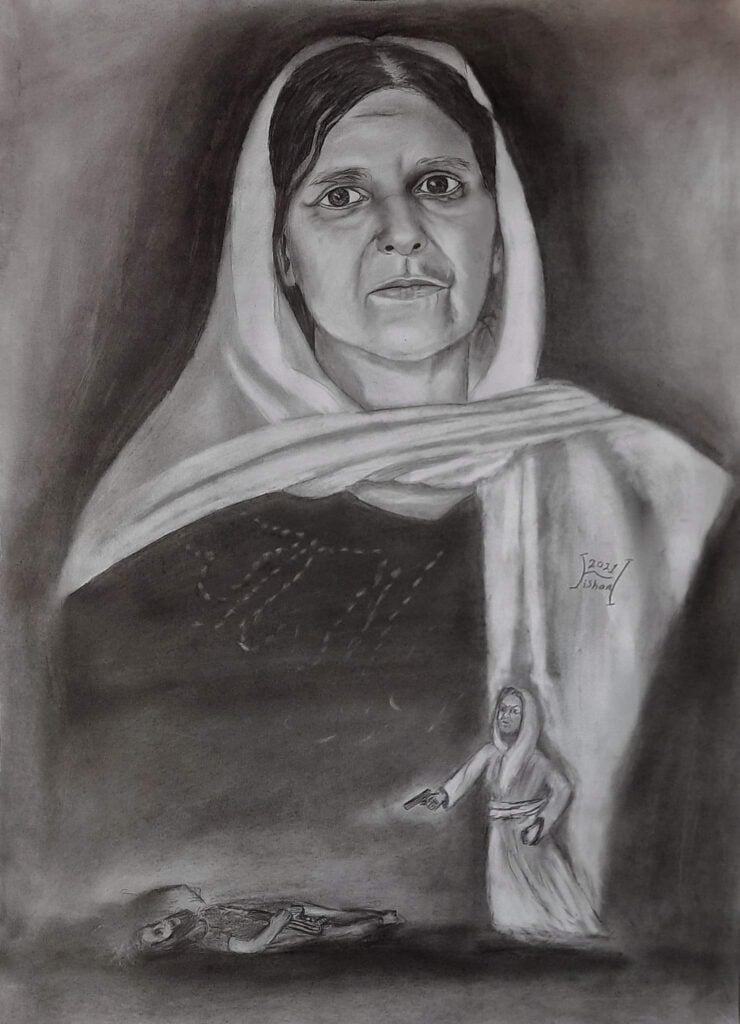


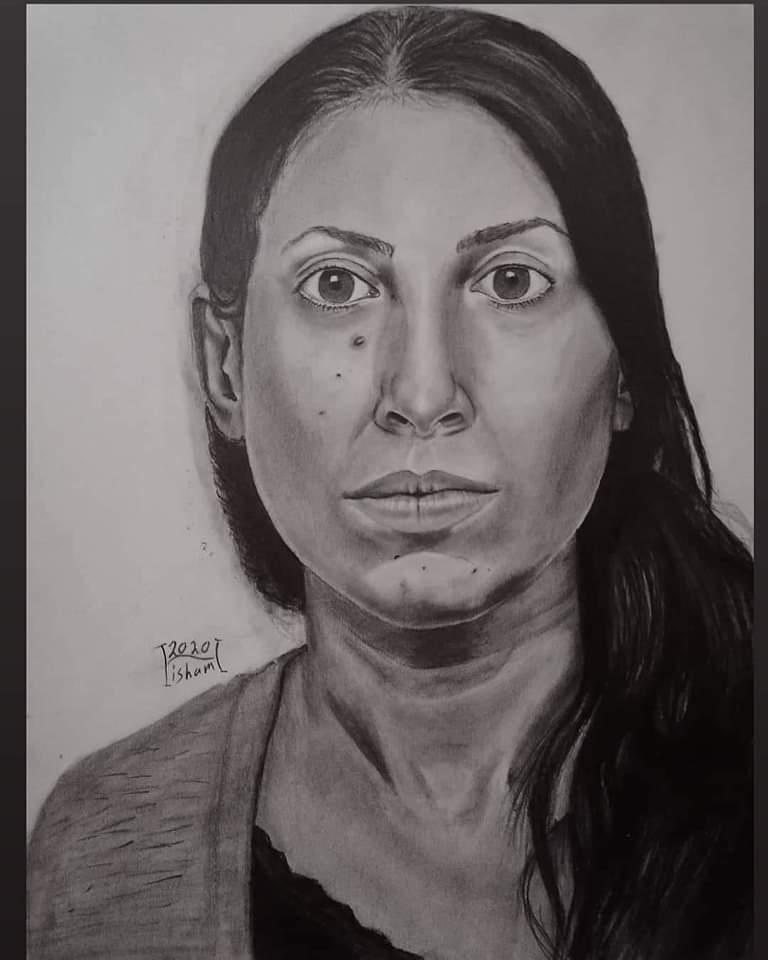
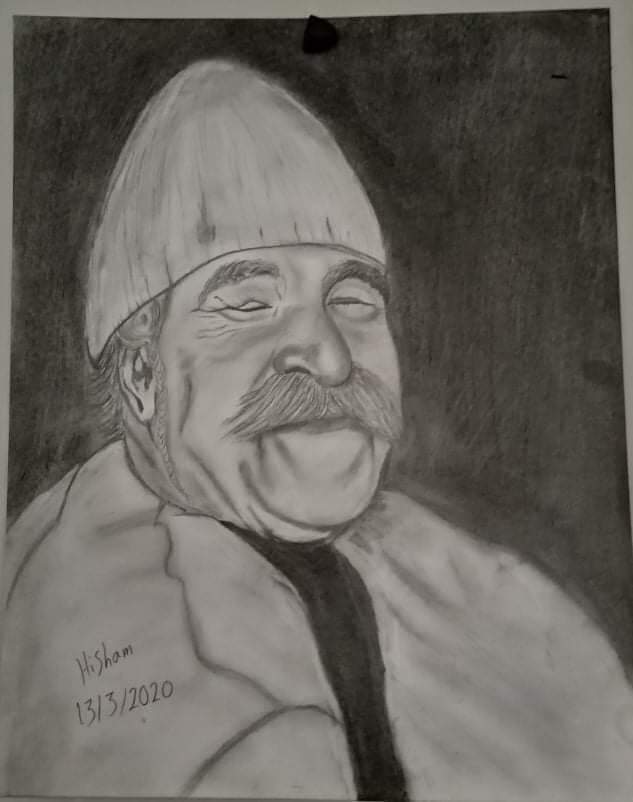
A Word about the Future
Finally, the talented artist is asked whether he has a message to convey to the Ezidi people and especially the younger generations. The artist replies that the younger generations are the future of the Ezidis and hold a very important key to their future survival. In order to defend themselves and have a capacity to make changes, the young Ezidis need to get good educations and follow with the advancement of the world.
As a reflection of the Ezidi spirit and the resilience of the Ezidi people. Despite the genocide and the harsh obstacles that life has thrown at the young and talented artist, he continues to educate and pursue justice in his field. Instead of being filled with hatred and target other groups for what has happened to him and his people, he has decided to remain strong and tell his story to the world through his art. Hopefully one day, the artist will be able to be known for other artistic themes other than his portrayal of genocide. However, that requires that the suffering of the Ezidi people is recognised world wide and that the geocode victims get justice. Only then will the collective memory of the Ezidis move on from the horrors of the genocide.
All the images of Mr. Hisham Haji Badal’s art are published with his courtesy. You can show support and follow the artist on Instagram: hisham_art_74.
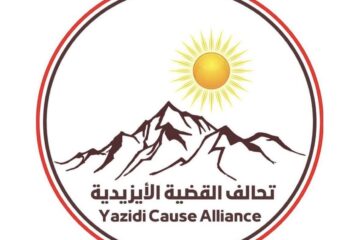
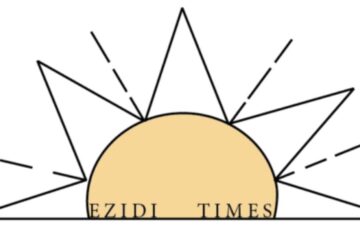
1 Comment
Mathew · October 17, 2024 at 10:39
What an amazing story. I both admire the paintings but I also see the pain in them. The Ezidis have endured so much. Stay strong!